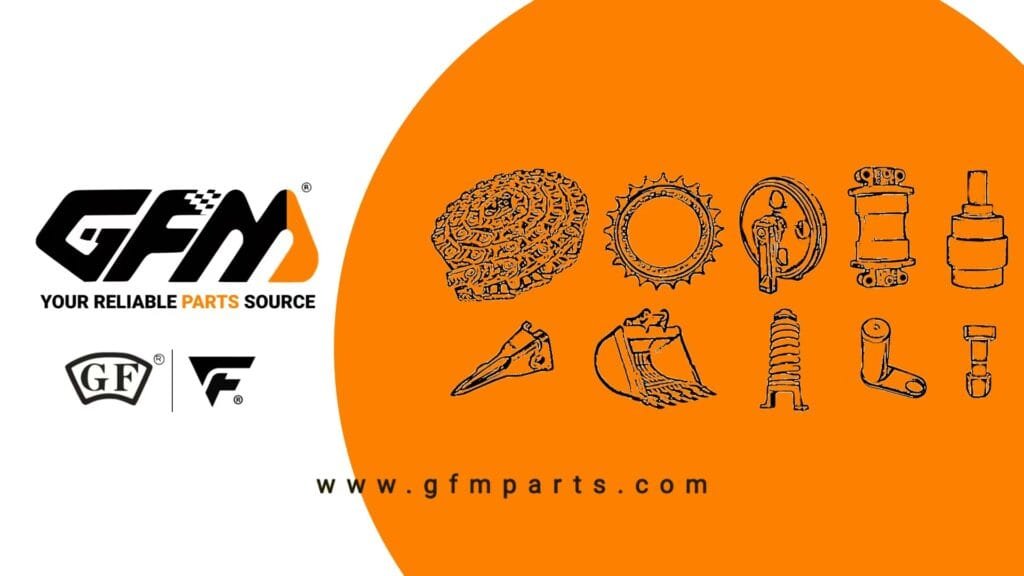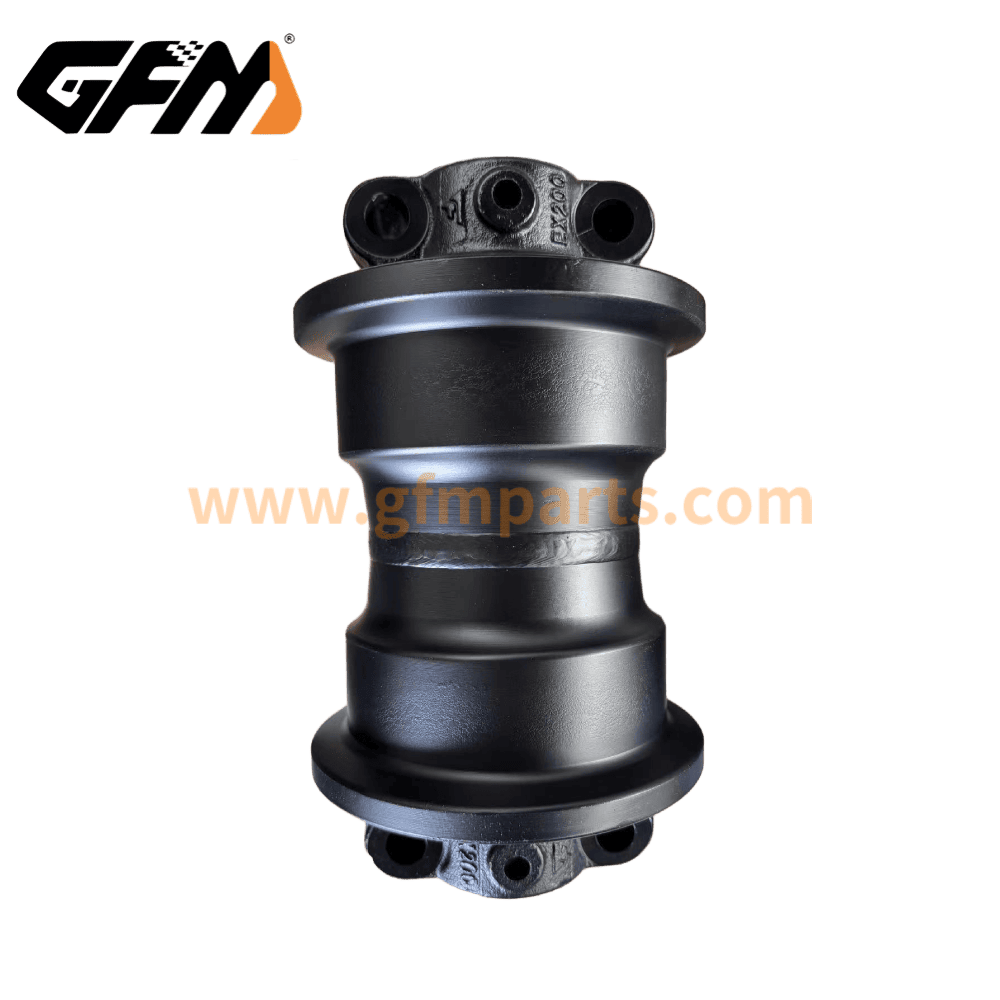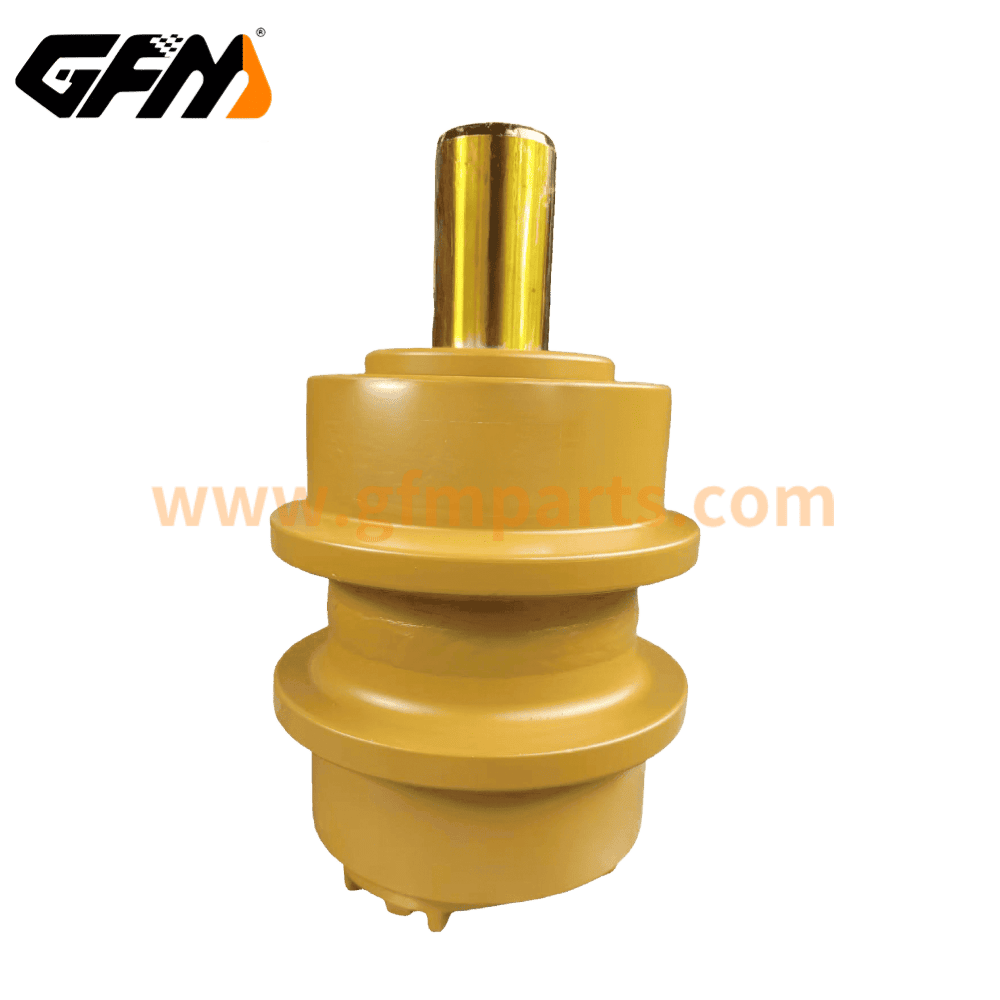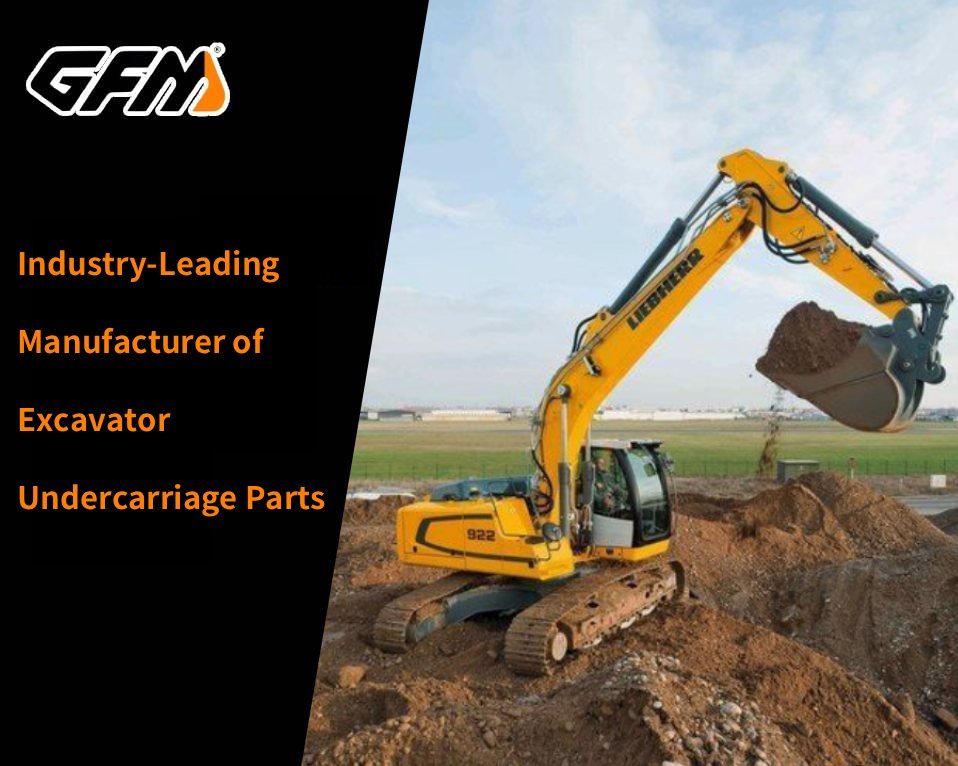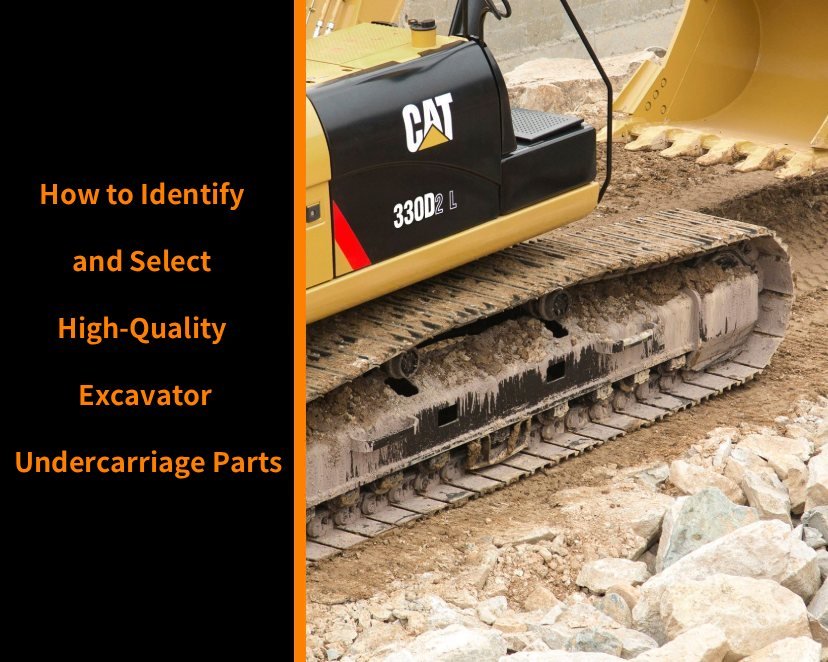Table of contents
- Overview of common problems with mini excavators: Failures are no longer “sudden”
- Detailed explanation of faults and troubleshooting methods: How to prescribe the right medicine?
- Difficult starting and frequent flameouts: comprehensive inspection from fuel to circuit
- Hydraulic system is sluggish or inactive: focus on checking the pump, oil, and valve
- Engine overheating and insufficient power: Don’t ignore the cooling system
- Abnormal track deviation and tension: Check the travel motor and adjustment device
- Electrical system failure and control failure: check one by one from wiring to sensor
In today’s increasingly busy environment of construction projects, infrastructure renovation and landscape construction, mini excavators have become an indispensable construction tool on site. Although it is small in size, it has powerful operating capabilities and is suitable for narrow and complex work scenes – from urban road maintenance, earthwork operations in residential areas, to rural canal excavation and landscaping. For many mini and medium-sized construction units, the high cost-effectiveness and convenience of small excavators make them the first choice on the mechanical equipment procurement list.
However, just as cars need maintenance and airplanes need overhaul, mini excavators are no exception. Frequent operations, high temperatures, dusty environments, and untrained operations will cause accelerated wear of various parts of the equipment and cause various faults. Many users face difficulties in starting, insufficient power, hydraulic failure, track deviation and other problems during use. The high maintenance cost affects the progress of the construction period and may even bring safety hazards.
Based on the professional experience accumulated over the years in the field of excavator manufacturing and services, GFM deeply analyzes the common fault problems of small excavators and the technical reasons behind them, and provides systematic and operational repair and maintenance suggestions. Whether you are an excavator purchase decision maker, equipment operator, or mechanical technician, you can find practical and detailed technical references in this article to extend the service life of the equipment, improve work efficiency, and reduce operating costs.
Overview of common problems with mini excavators: Failures are no longer “sudden”
Although mini excavators are compact in structure, they have complex systems, including multiple core components such as power systems, hydraulic systems, transmission systems, electronic control systems, and walking structures. Since their use scenarios are usually outdoor construction, the environment is relatively harsh, such as mud, rain, snow, gravel, dust or high temperature, and the mechanical and thermal shocks to the equipment are more frequent. Therefore, failures are not accidental, but the inevitable result of equipment wear and human operation accumulation.
The following are the most common types of failures and their manifestations:
Difficult starting and frequent flameouts: Most of them occur in low temperature environments or when the fuel supply system is blocked. Incomplete diesel combustion, poor air intake, and insufficient starting voltage can all lead to starting failures, especially in winter.
Hydraulic system moves slowly or does not respond: internal wear of the hydraulic pump, oil contamination, oil pipe leakage or hydraulic valve jamming can cause insufficient oil pressure, slowing down the movement of the working arm, and even making it impossible to operate in severe cases.
Engine overheating and insufficient power: water tank blockage, cooling fan damage, lubricating oil deterioration, etc. will affect the normal heat dissipation of the engine, resulting in performance degradation or even burning.
Track deviation and chain loosening: uneven pressure of the travel motor, damage to the tensioning device, wear of the track assembly, etc. are important factors that cause the excavator to walk unsteadily.
Frequent electrical system failures: control panels, relays, cables and other components are prone to loosening or aging in vibration and humid environments, causing instrument failure, flashing alarm lights or failure to start.
Abnormal noise or severe vibration of the working device: loose connection pins, broken cylinder brackets or abnormal slewing supports may cause the entire machine to shake violently during operation, which not only affects the construction quality, but also may bring safety risks.
These problems often start with minor phenomena, such as slow start-up and insensitive operation. If the initial signs are ignored and allowed to develop, they will eventually lead to high repair costs and project delays.
Therefore, establishing a set of fault prediction mechanisms and daily maintenance plans is a topic that every excavator user should pay attention to. In the next section, we will analyze the causes and troubleshooting methods of these problems one by one, and combine the detection tools and steps recommended by GFM to help you accurately identify the root cause of the problem.
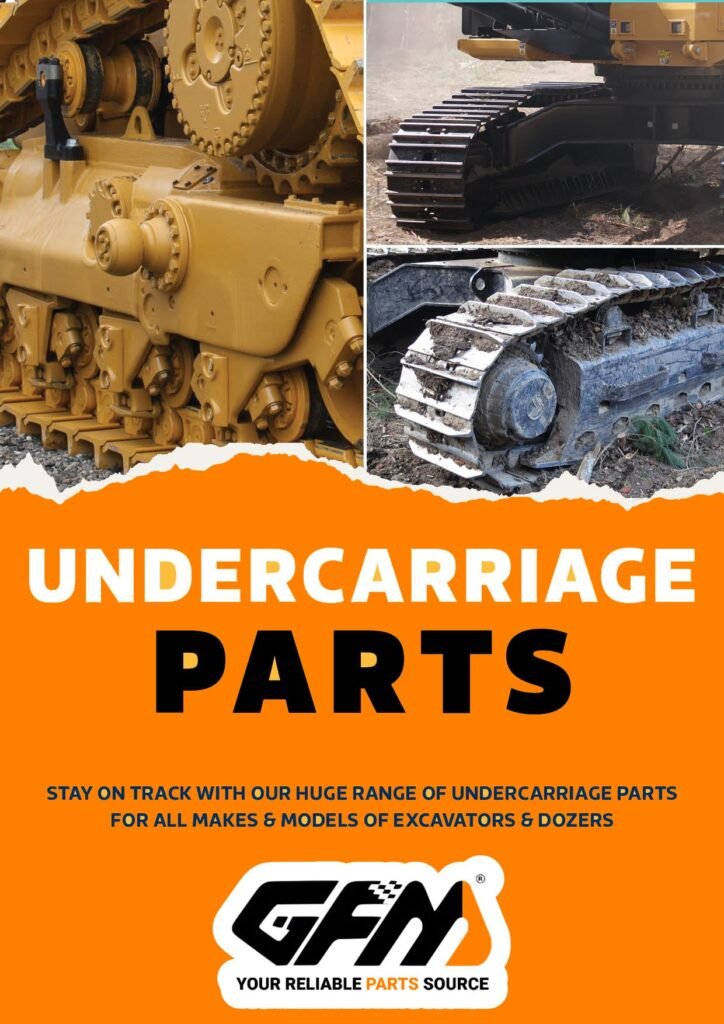
Detailed explanation of faults and troubleshooting methods: How to prescribe the right medicine?
In the daily use of small excavators, timely identification and handling of faults can not only avoid greater losses, but also ensure operational safety and equipment life. This section will analyze several types of high-incidence faults in detail, supplemented by professional troubleshooting methods and practical tool recommendations to help you “know what it is, and know why it is.”
Difficult starting and frequent flameouts: comprehensive inspection from fuel to circuit
Common manifestations: Difficult ignition of the excavator, automatic flameout after starting, and failure of cold start in winter mornings.
Possible causes and troubleshooting methods:
- Fuel system problems:
- Check diesel quality: Low-quality or water-containing diesel can easily lead to incomplete combustion. It is recommended to use No. 0 or -10 light diesel purchased from regular channels. In winter, low-freezing point models (such as -20) should be used instead.
- Fuel filter element is blocked: The filter element can be removed to observe whether it is discolored or blocked. If impurities, black oil, or water droplets are found, they need to be replaced immediately.
- Oil pipe air intake or leakage: When pumping oil, soapy water can be used to check whether the oil pipe connection is bubbling. If a leak is found, replace the seal or pipeline in time.
- Intake system blockage:
- Remove the air filter element to check whether it is full of dust. It is recommended to replace it every 100 hours. Dust operations should be maintained more frequently.
- The filter element can be cleaned from the inside out with compressed air, but it cannot be cleaned with water to prevent damage to the paper filter material.
- Battery voltage is insufficient:
- Use a multimeter to detect the voltage. If it is lower than 12V, the battery should be charged or replaced.
Check whether the starter motor is running slowly or not responding, and eliminate the problems of loose battery wiring and aging cables.
- Use a multimeter to detect the voltage. If it is lower than 12V, the battery should be charged or replaced.
- Preheat plug damage (exclusive for diesel engines):
- Especially in cold areas, if the preheating system failure will cause difficulty in starting a cold car, you can use a multimeter to measure the preheat plug resistance, or replace it directly.
Hydraulic system is sluggish or inactive: focus on checking the pump, oil, and valve
Common manifestations: slow response of the working arm, interrupted movement, weak operation, or even complete inactivity.
Possible causes and troubleshooting methods:
- Hydraulic oil problem:
- Check whether the oil level is insufficient, and add the model recommended by the manufacturer (such as 46# anti-wear hydraulic oil).
- If the hydraulic oil is milky white or black, it means that water or impurities are mixed in, and it should be completely replaced.
- The oil must be replaced every 1000 hours, and the oil tank and filter must be cleaned.
- Hydraulic pump wear:
- Use a pressure gauge to measure whether the pump outlet pressure meets the standard (generally 10~25MPa depending on the model).
- If the pressure is obviously insufficient, it may be that the blades and plungers inside the pump body are worn or the seal fails.
- Hydraulic valve is stuck or contaminated:
- Disassemble the main control valve to check whether the valve core is flexible, clean the valve core and apply a little hydraulic oil for lubrication.
- Pay attention to the problem of impurity contamination. It is recommended to equip with high-precision filter elements and replace them regularly.
- Oil pipe leakage or burst:
- Before operation, inspect all hose connections to see if there are oil stains, bulges, and cracks. If hidden dangers are found, they must be replaced immediately.
- Use paper towel wiping method to detect micro-seepage. Never touch high-pressure oil with your hands to prevent high-pressure injection injuries.
Recommended tools: hydraulic pressure gauge, pipeline detection light, high-pressure filter element, hydraulic system cleaning agent.
Engine overheating and insufficient power: Don’t ignore the cooling system
Common manifestations: The temperature gauge rises rapidly, black smoke comes out of the exhaust pipe, the power response is slow or even stalls.
Possible causes and troubleshooting methods:
- Cooling system failure:
- Blockage of the radiator fins: Use high-pressure gas or water gun to clean the radiator fins, especially the external mud and dust, which can easily cause poor ventilation.
- Cooling fan damage: Observe whether the fan is running normally and whether the belt is slipping.
- Thermostat stuck: Remove and check whether it can be opened in heated water (80~90℃ is the normal opening temperature).
- Lubrication system problems:
- Insufficient or deteriorated engine lubricating oil will cause internal friction and temperature rise. The oil dipstick level and viscosity should be checked regularly.
- It is recommended to replace the lubricating oil every 250 hours and replace the oil filter at the same time.
- Low combustion efficiency of the fuel system:
- Black smoke usually means that the fuel is not fully burned. Check whether the atomization of the fuel injector is normal and whether there is carbon deposit blockage.
- You can use a fuel injector cleaner or have it ultrasonically cleaned by a professional repair station.
Recommended tools: infrared temperature gun, coolant concentration meter, thermostat heating tester, lubricating oil aspirator.
Abnormal track deviation and tension: Check the travel motor and adjustment device
Common manifestations: equipment walking deviation, steering difficulty, abnormal track noise, chain easy to fall off.
Possible causes and troubleshooting methods:
- Tension spring or cylinder failure:
- Check whether the tensioning device has retracted and whether the cylinder seal is leaking.
- Use a grease gun to try to add pressure to the tension. If there is still no improvement, the spring or cylinder needs to be replaced.
- Uneven wear of the support sprocket/drive wheel:
- If the gears and guide wheels on both sides of the track are worn eccentrically, it is easy to cause deviation problems and need to be replaced in time.
- Check whether the support wheel and the track chain are in smooth contact, and whether there is any tooth skipping or jamming.
- Unbalanced output of the travel motor:
- Use a speed detection tool to check whether the output of the motors on both sides is consistent. If the difference is large, the internal components of the hydraulic motor need to be repaired.
- Deformation of the track assembly:
- Especially when working frequently on hard rock or uneven construction sites, the track plate or pin shaft is prone to deformation. Regular inspections should be conducted to see if there are looseness or cracks.
Recommended tools: track tensioning gauge, torque wrench, hydraulic grease gun, and track chain inspection stand.
Electrical system failure and control failure: check one by one from wiring to sensor
Common manifestations: no response from the central control panel, abnormal warning light, failure of the start button, and no movement of the motor.
Possible causes and troubleshooting methods:
- Poor contact of the power supply line:
- Check whether the battery terminal is oxidized and corroded, and whether the fastening bolts are loose.
- Clean the terminal with contact cleaner and re-crimp the terminal head to ensure conductivity.
- Fuse or relay failure:
- Check all kinds of fuses and relays in the control box for burnout, charring, and looseness.
- Use an electric pen or multimeter to measure the current flow and replace the same specification device.
- Sensor failure or false alarm:
- If the oil temperature, water temperature, and hydraulic pressure sensor values are abnormal, the signal line should be checked for breakage or short circuit.
- Connect the ECU fault code reading device, obtain the diagnostic code, and replace the sensor or repair the circuit according to the prompts.
- Line aging or rat bite:
- Especially for equipment that is not covered during nighttime shutdown, it is easy for small animals to gnaw the cable, causing a short circuit.
- The cable sheath should be checked regularly, and it is recommended to install a metal snakeskin hose for external protection.
Recommended tools: multimeter, fault code reader, electrical tape, connector crimping pliers, cable protection sleeve.
| Get a quick free quote | Email: henry@gfmparts.com | Whatsapp: +86 17705953659 |
The use value of a small excavator is not only reflected in its ability to complete high-intensity operations in a small space, but also in whether its continuous and stable operation performance can support the smooth progress of the project. Any neglect of a small problem may turn into a major failure, causing project delays, a surge in maintenance costs, and even safety accidents.
From fault symptom identification to precise troubleshooting, from daily checklists to regular maintenance mechanisms, this article hopes to help the majority of construction equipment users establish a systematic equipment health management concept. As GFM has always emphasized: “Repair is only an emergency, maintenance is the core.” Relying on our years of accumulated excavator manufacturing experience and real user cases, we are well aware that equipment operating efficiency is closely related to later maintenance investment, and good daily maintenance is one of the effective means to reduce overall operating costs.
Finally, GFM recommends that all equipment users formulate customized maintenance plans based on their own working conditions and machine characteristics, and choose guaranteed accessories and professional technical teams to truly achieve efficient operation and long-term durability of small excavators. If you have any technical problems during equipment management or maintenance, you are also welcome to consult the GFM team at any time. We will escort your project progress with professional strength.
